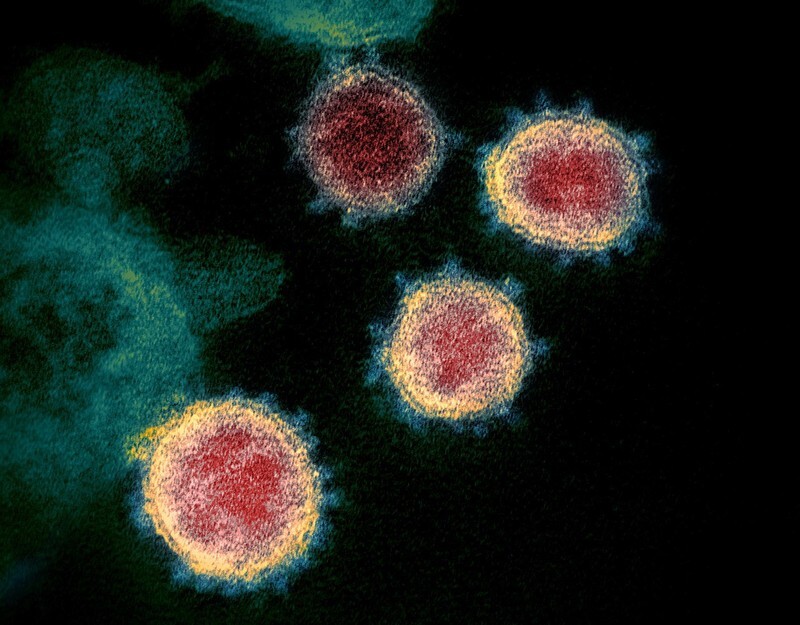hankyoreh
Links to other country sites 다른 나라 사이트 링크
S. Korea devising guidelines for using convalescent plasma of recovered COVID-19 patients

South Korea’s public health authorities are devising guidelines for using the convalescent plasma of patients who have recovered from COVID-19 to treat serious cases of the disease. The plasma of convalescent patients was previously used to treat cases of Middle Eastern Respiratory Syndrome (MERS) during the outbreak in 2015. The public health authorities are moving quickly to develop treatment options for the contingency of a more serious outbreak before an effective vaccine or other medication has been developed.
“We’re drawing up guidelines for using the convalescent plasma of people who have recovered from COVID-19 to treat patients with serious cases. We’ve taken this idea into consideration because the method was used during the 2015 MERS outbreak and because there have been reports from China that the treatment is effective,” said Korea Centers for Disease Control and Prevention (KCDC) Deputy Director Kwon Jun-wook during the daily briefing on Mar. 31.
This treatment takes advantage of the fact that antibodies form in the plasma of people who have recovered from a disease. Receiving a transfusion of plasma from someone who has recovered may help a current patient increase their resistance to the disease.
“Among MERS patients in 2015, 3.8% were treated with convalescent plasma. In the case of serious patients who were on artificial respiration, the administration of antivirals, ECMO (extracorporeal membrane oxygenation), and convalescent plasma treatment had a significant effect on mitigating the mortality rate,” the Korean Association of Internal Medicine said.
While some argue that plasma treatment isn’t very effective, South Korea’s Centers for Disease Control and Prevention (KCDC) views convalescent plasma as a “last resort” for serious cases, which is why it’s drawing up the guidelines. With the case fatality rate topping 1.6% and deaths concentrated among the elderly and those with underlying conditions, the authorities are determined to do what they can to treat serious patients. As of Tuesday, there were 23 serious cases and 51 critical cases of COVID-19.
The public health authorities will be acquiring convalescent plasma in order to ascertain whether antibodies are forming, whether they help defend against the disease, and how long they last. Such information, they believe, will be key to controlling the COVID-19 pandemic in the days to come.
“After obtaining the consent of convalescent patients, we will run several tests and then extract some of their plasma. We’re currently consulting with experts, including the Korean Society of Blood Transfusion, as we review the guidelines,” Kwon said.
By Park Da-hae, staff reporter
Please direct comments or questions to [english@hani.co.kr]

Editorial・opinion
![[Column] Welcome to the president’s pity party [Column] Welcome to the president’s pity party](https://flexible.img.hani.co.kr/flexible/normal/500/300/imgdb/original/2024/0515/3917157400447943.jpg) [Column] Welcome to the president’s pity party
[Column] Welcome to the president’s pity party![[Editorial] Korea must respond firmly to Japan’s attempt to usurp Line [Editorial] Korea must respond firmly to Japan’s attempt to usurp Line](https://flexible.img.hani.co.kr/flexible/normal/500/300/imgdb/original/2024/0514/2317156736305813.jpg) [Editorial] Korea must respond firmly to Japan’s attempt to usurp Line
[Editorial] Korea must respond firmly to Japan’s attempt to usurp Line- [Editorial] Transfers of prosecutors investigating Korea’s first lady send chilling message
- [Column] Will Seoul’s ties with Moscow really recover on their own?
- [Column] Samsung’s ‘lost decade’ and Lee Jae-yong’s mismatched chopsticks
- [Correspondent’s column] The real reason the US is worried about Chinese ‘overcapacity’
- [Editorial] Yoon’s gesture at communication only highlights his reluctance to change
- [Editorial] Perilous stakes of Trump’s rhetoric around US troop pullout from Korea
- [Guest essay] Preventing Korean Peninsula from becoming front line of new cold war
- [Column] The state is back — but is it in business?
Most viewed articles
- 1[Column] Welcome to the president’s pity party
- 2[Editorial] Korea must respond firmly to Japan’s attempt to usurp Line
- 3Could Korea’s Naver lose control of Line to Japan?
- 4Korea cedes No. 1 spot in overall shipbuilding competitiveness to China
- 5Second suspect nabbed for gruesome murder of Korean in Thailand, 1 remains at large
- 6[Editorial] Transfers of prosecutors investigating Korea’s first lady send chilling message
- 7[Column] Will Seoul’s ties with Moscow really recover on their own?
- 8US has always pulled troops from Korea unilaterally — is Yoon prepared for it to happen again?
- 9Major personnel shuffle reassigns prosecutors leading investigations into Korea’s first lady
- 10[Column] Samsung’s ‘lost decade’ and Lee Jae-yong’s mismatched chopsticks